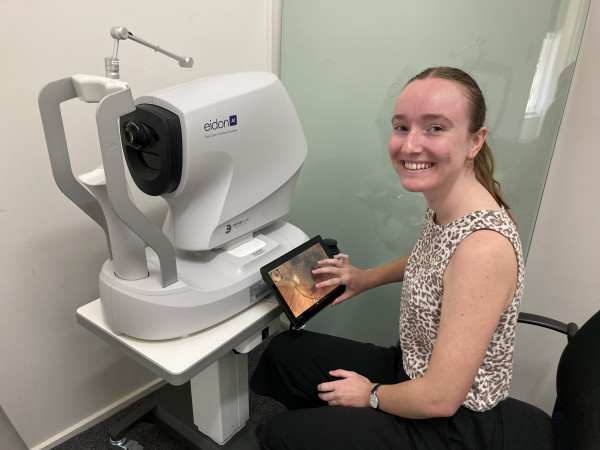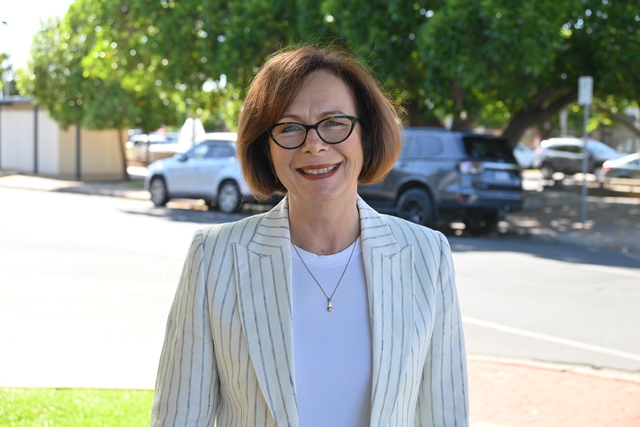WITH Easter quickly approaching, it’s a good time to remind ourselves about the impact diabetes can have on different aspects of our health.
The team at Swan Hill and Kerang Optical are encouraging diabetics to find out more about its effect on their eye health, and what they can do to help protect their vision.
Diabetes is a complex, chronic condition characterised by high blood glucose levels.
It can affect your eyes in a few different ways, including diabetic retinopathy, cataracts and glaucoma.
Up to one-third of Australians living with diabetes have some evidence of diabetic eye disease.
“In early diabetic eye disease, patients may not notice any signs or symptoms,” local optometrist Kayla Adams said.
“Later on though, symptoms such as blurred or distorted vision, spots and floaters, or dark haze or gaps in sight can become more noticeable.
“High and uncontrolled levels of glucose in the blood can damage blood vessels. They become leaky and seep fluid, in particular in the light sensitive film at the back of the eye known as the retina.
“The accumulation of fluid can also lead to swelling at the macula, which if left untreated, can lead to severe vision loss. The damage to the retina is called diabetic retinopathy, which is the leading cause of blindness in working age Australians.”
Some risk factors for developing diabetic retinopathy include high blood pressure or high cholesterol, poor diet and smoking.
“If your blood sugar levels are not controlled well, it puts you at greater risk,” Kayla said.
“It’s important to have regular check-ups with your GP or endocrinologist, as well as your optometrist, to help keep your blood glucose at its optimal level.
“As part of a routine eye examination, we check the health of a patient’s eyes. When we are looking in particular for diabetic retinopathy, we put pupil enlarging drops in the eyes so that we can see a wider area of the retina. We also take images of the retina so that we can directly compare the health of the eye to the patient’s last visit.
“You only get one set of eyes so it’s important to protect them as best you can. It’s recommended that diabetic patients have an eye exam at least every 12 months to help detect any early changes and prevent future permanent vision loss.”
For more information, contact the team at Swan Hill and Kerang Optical, or go to www.goodvisionforlife.com.au.







